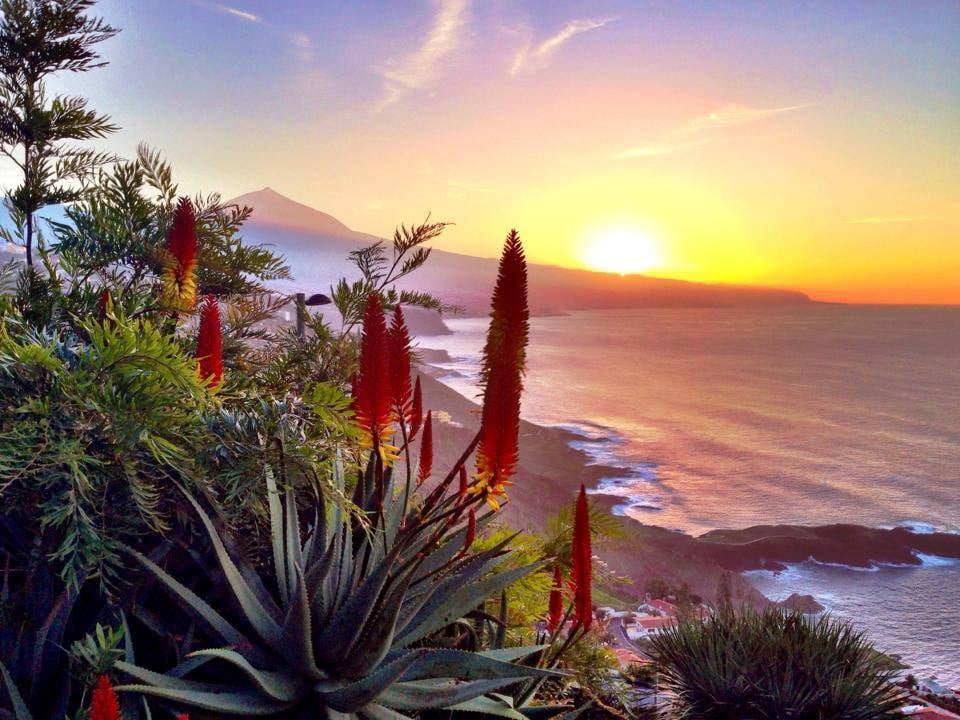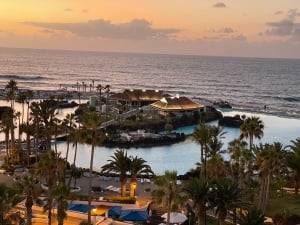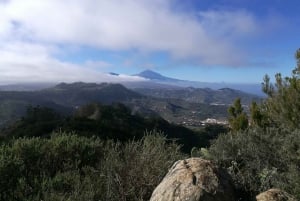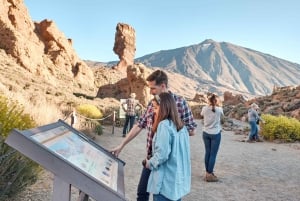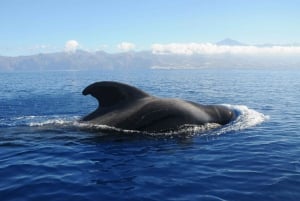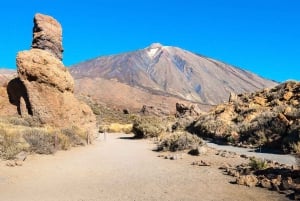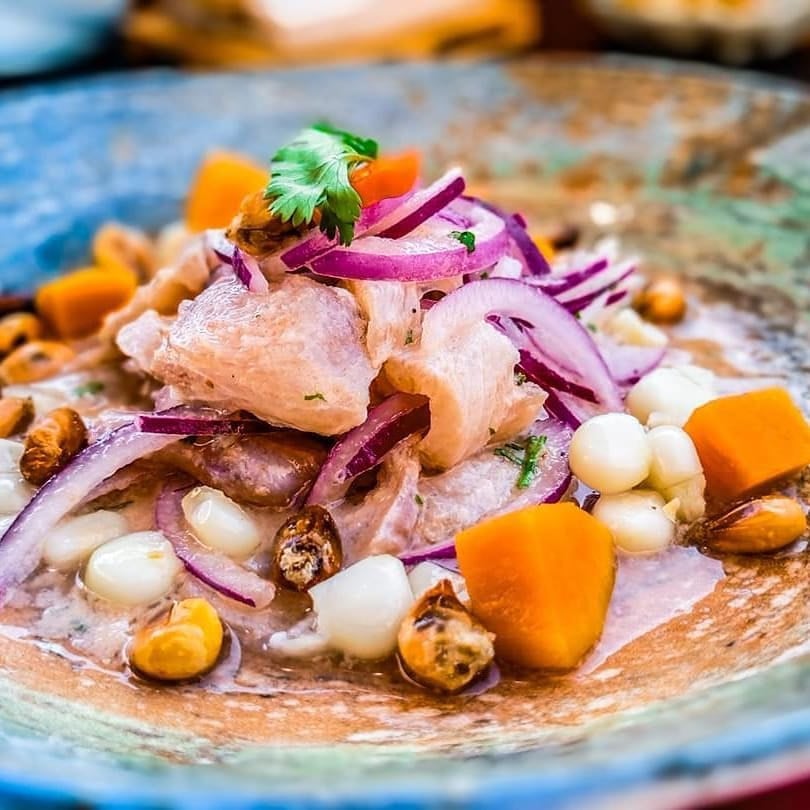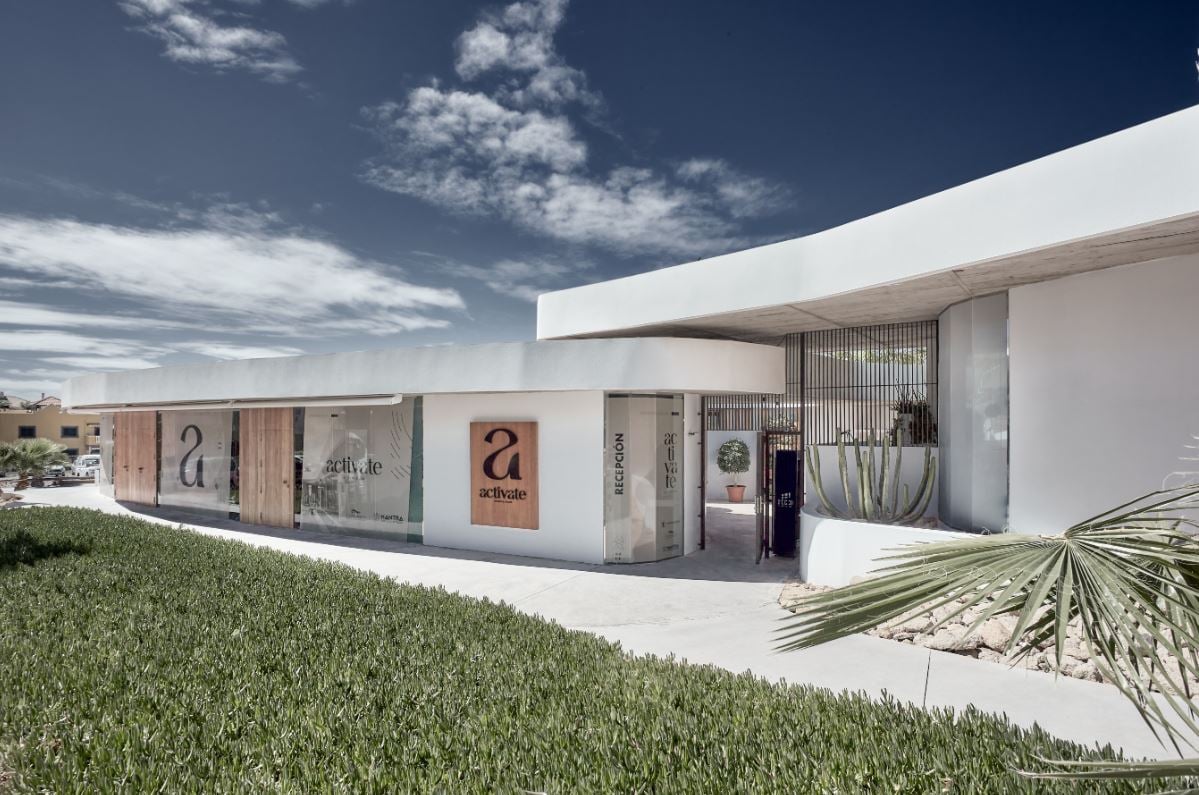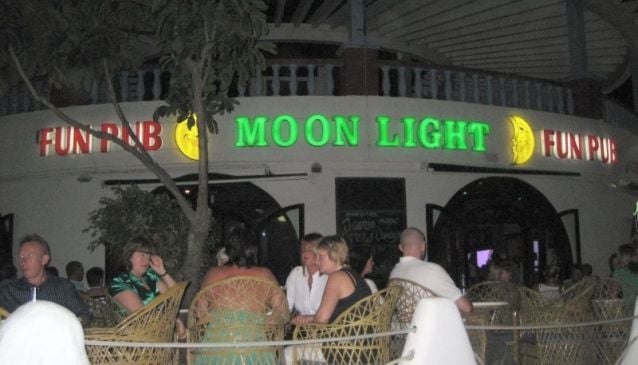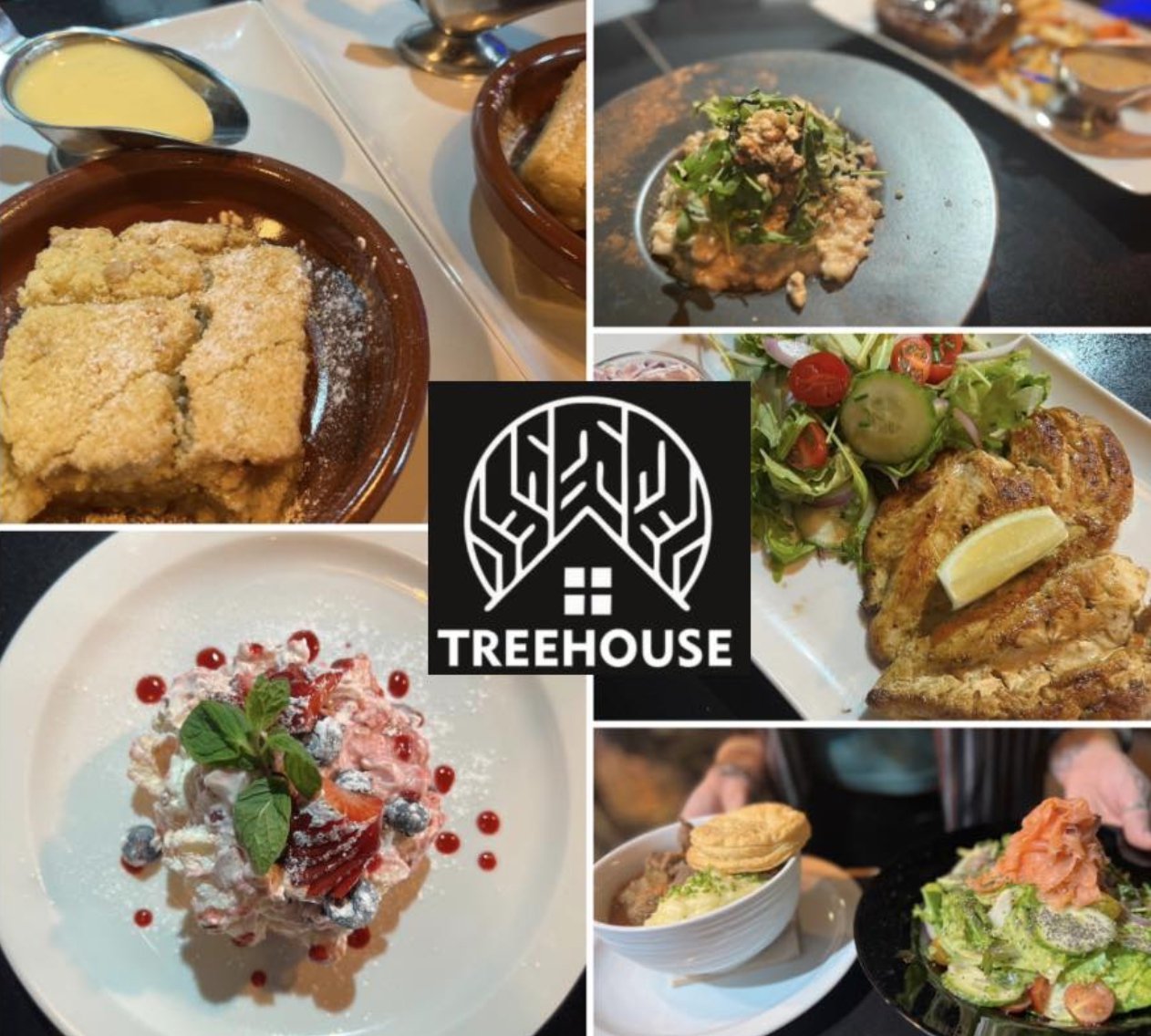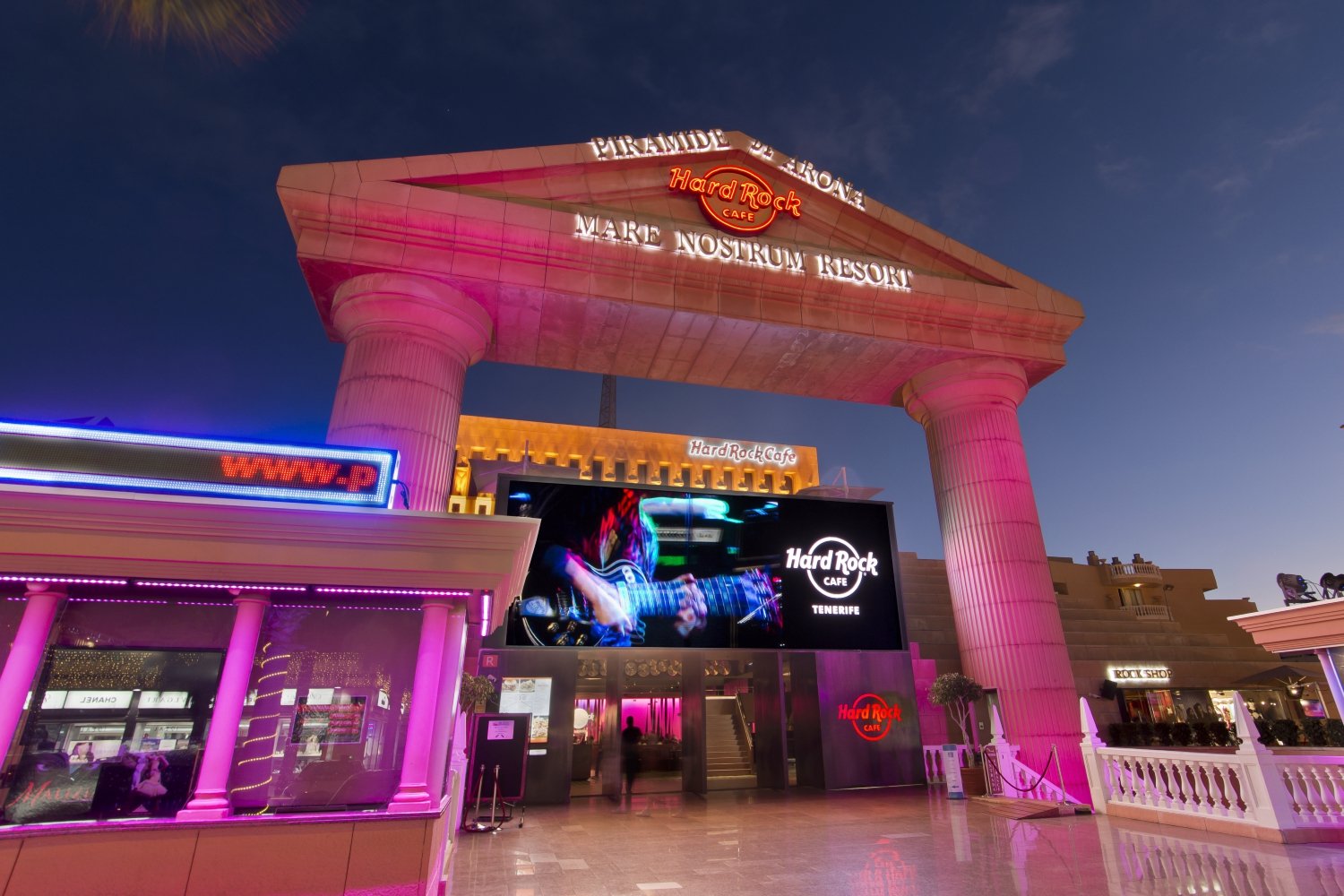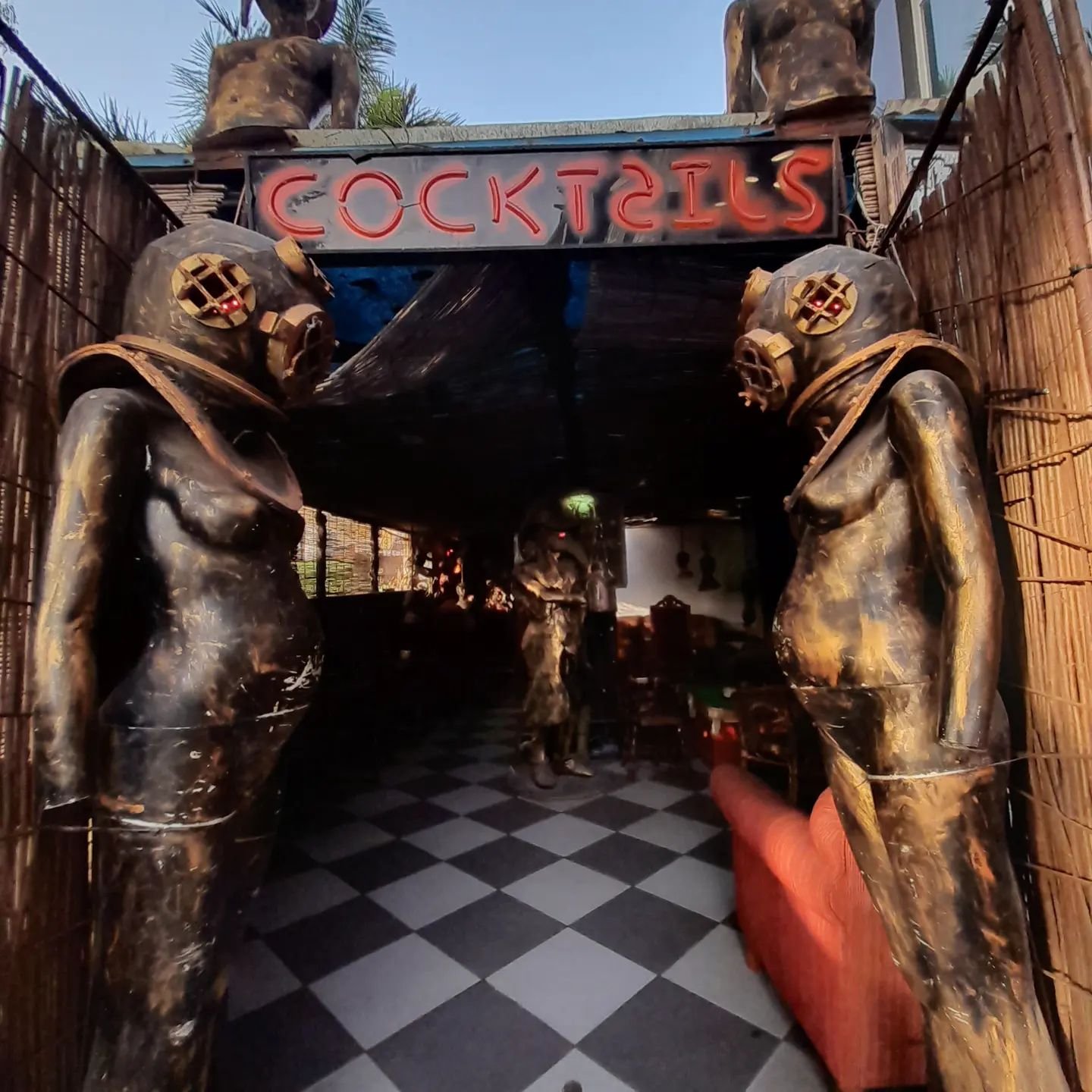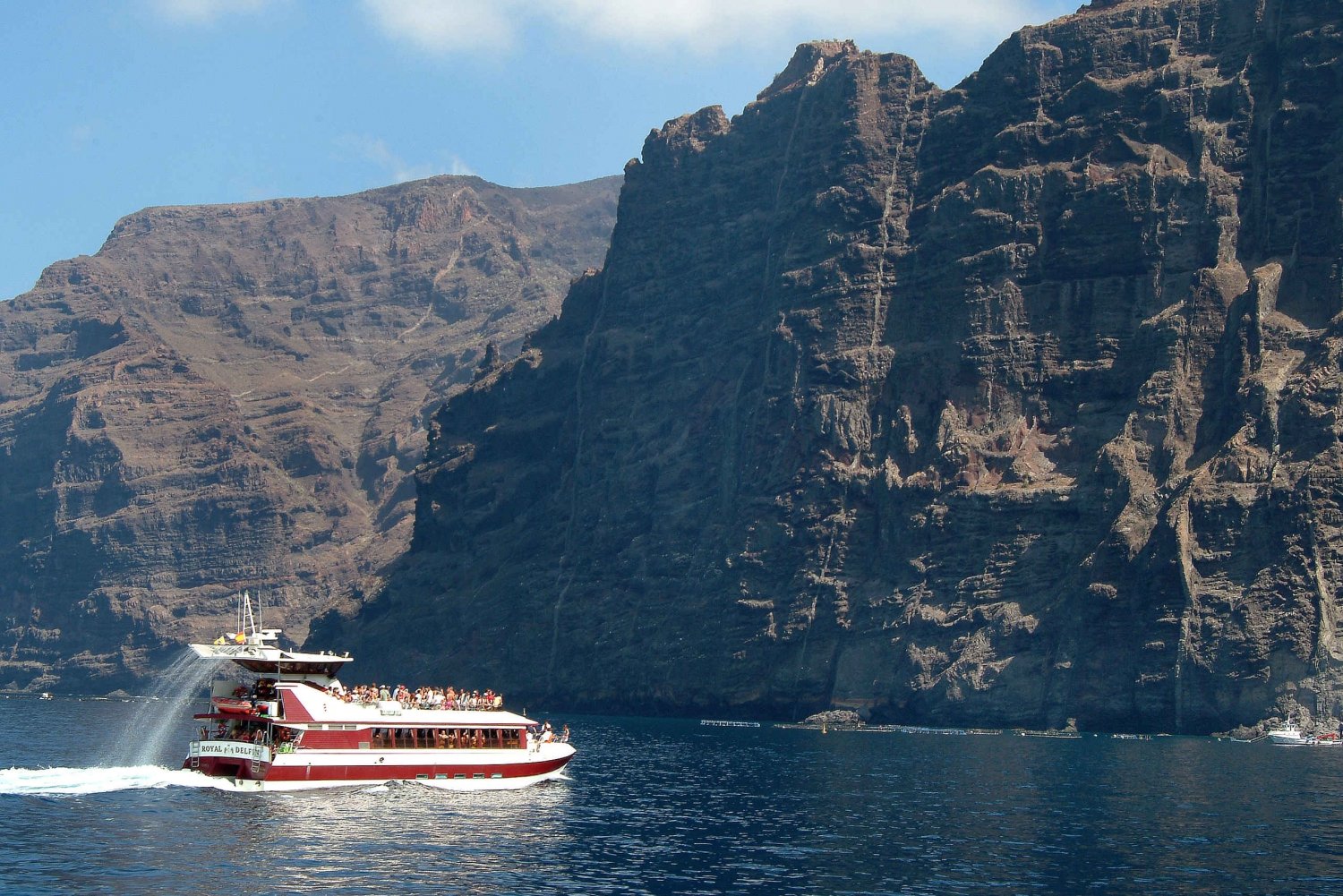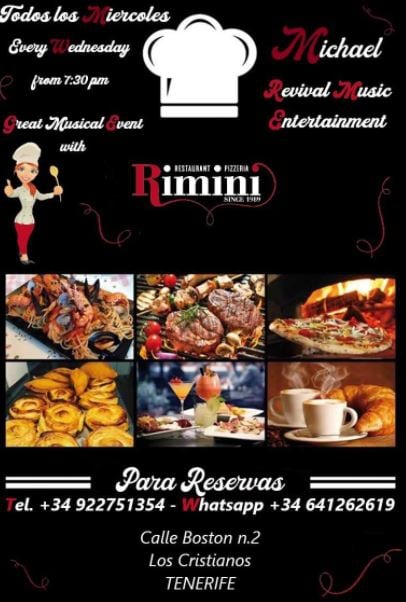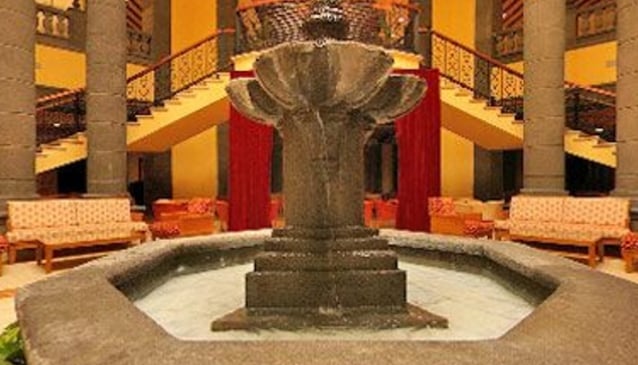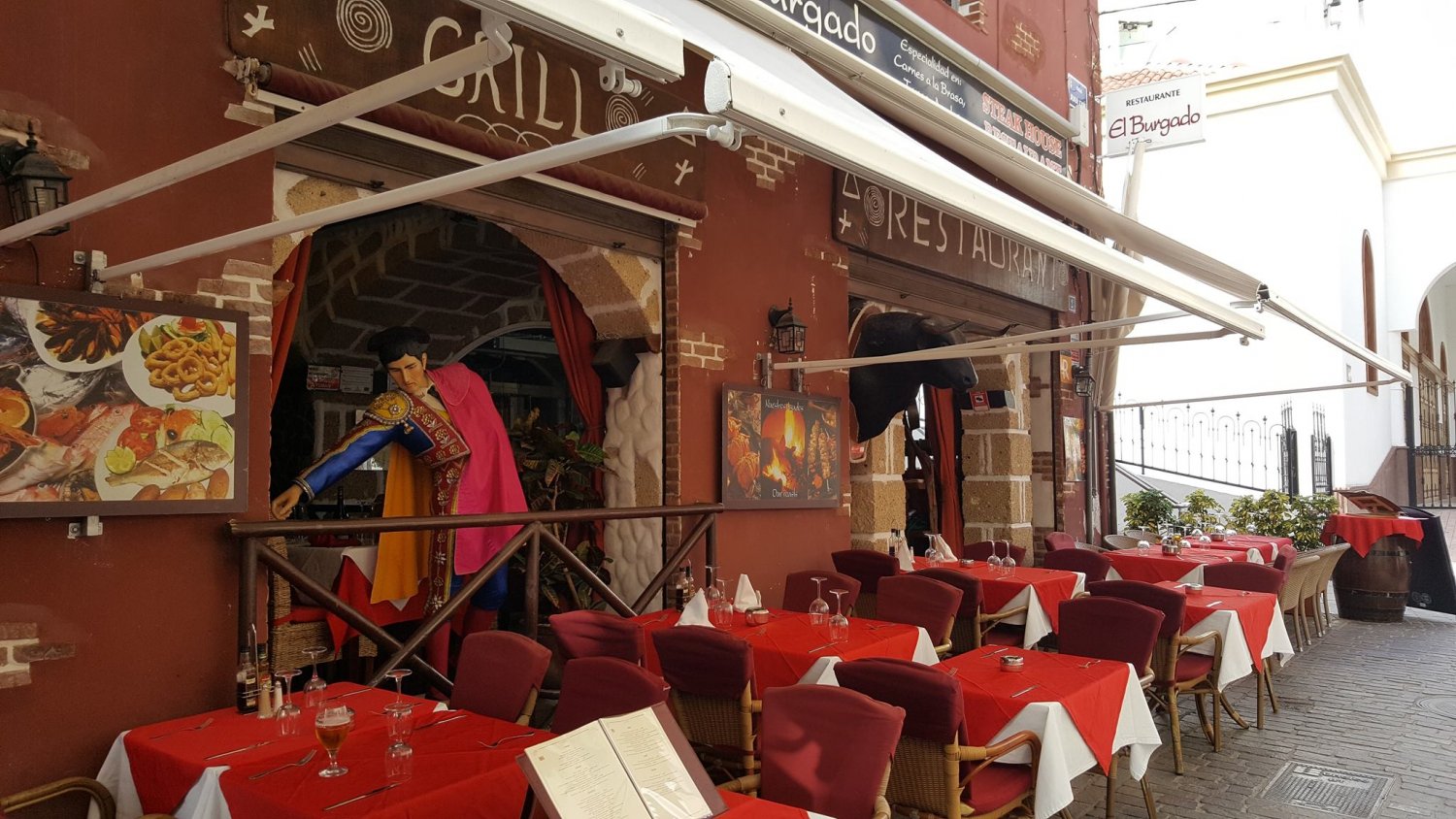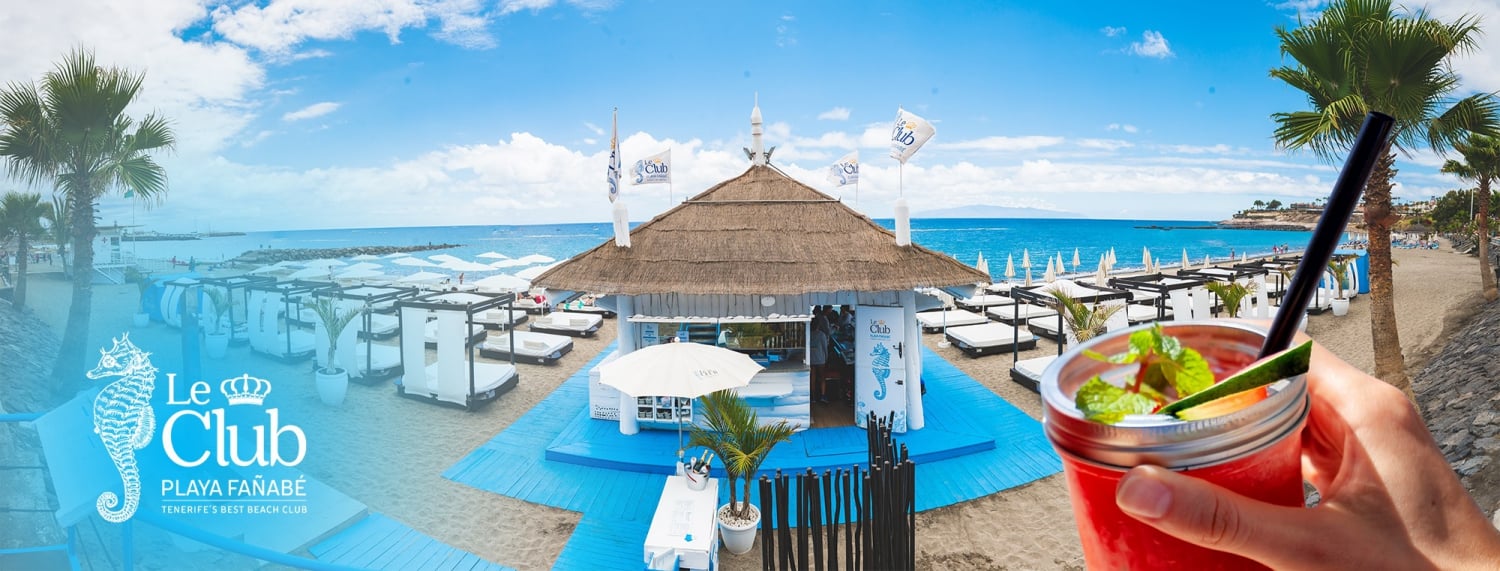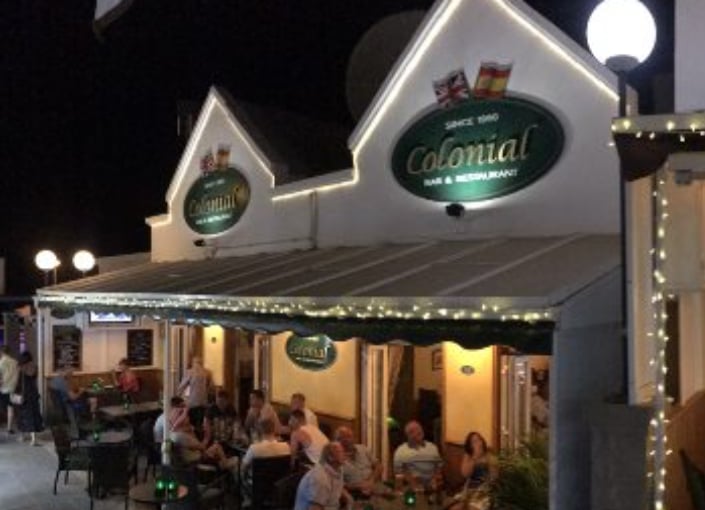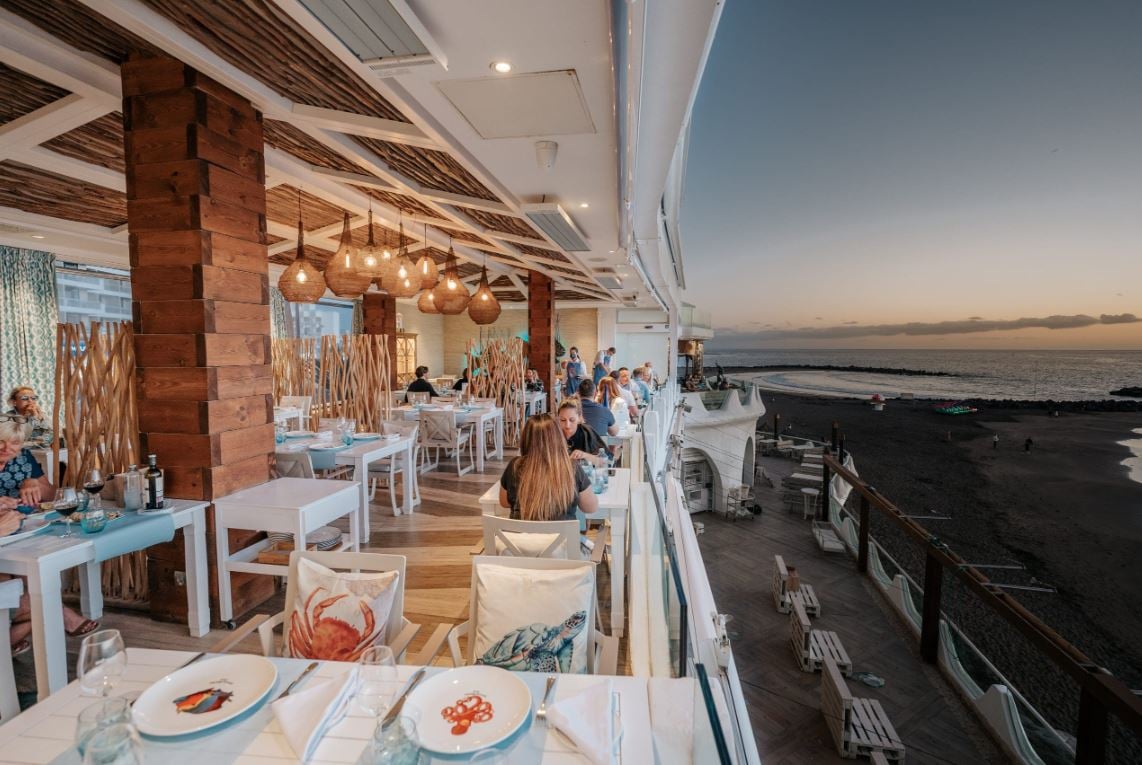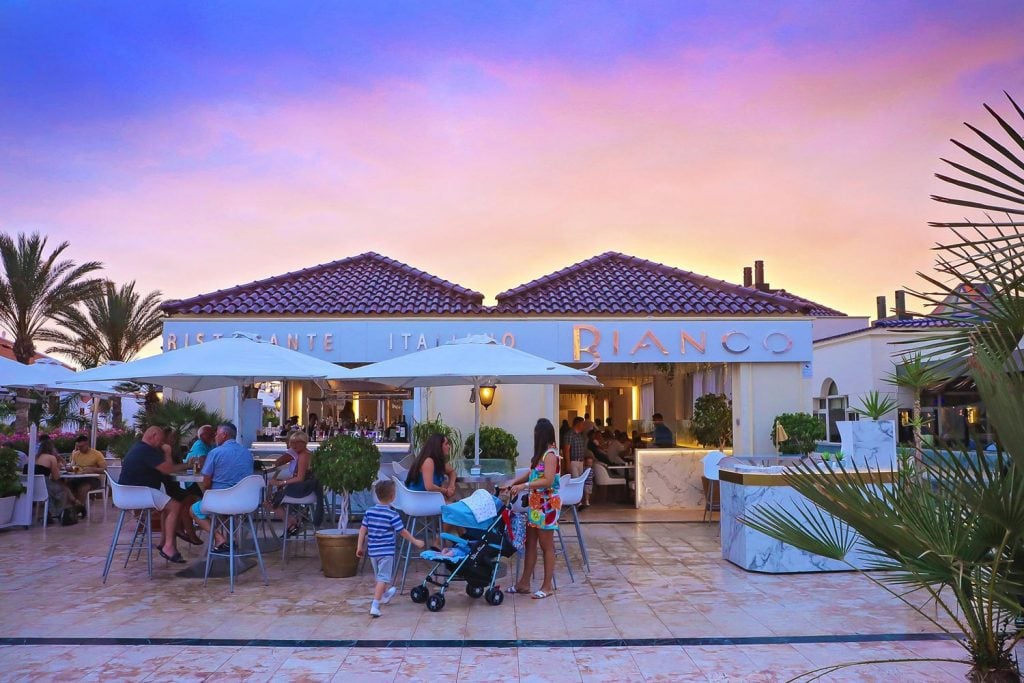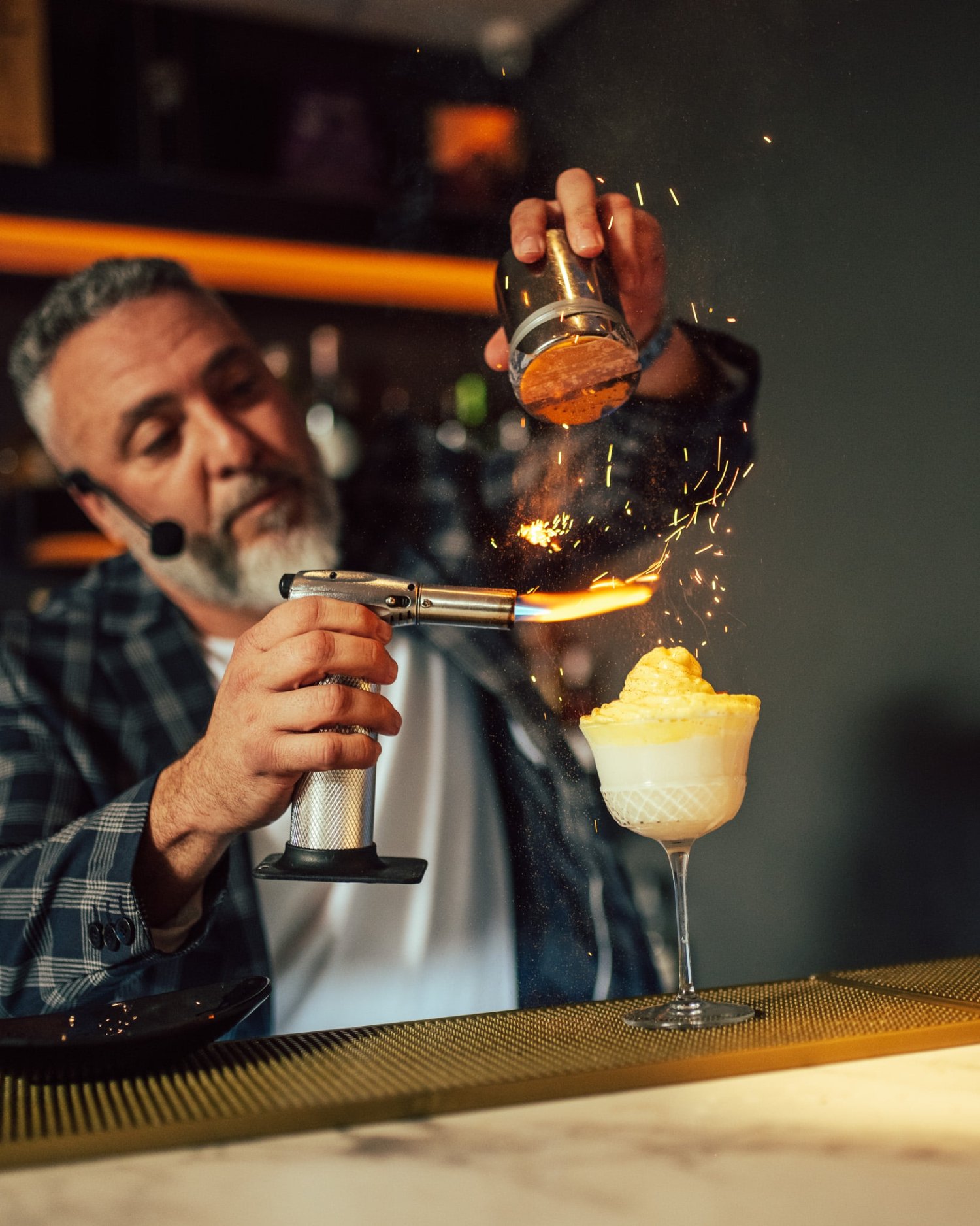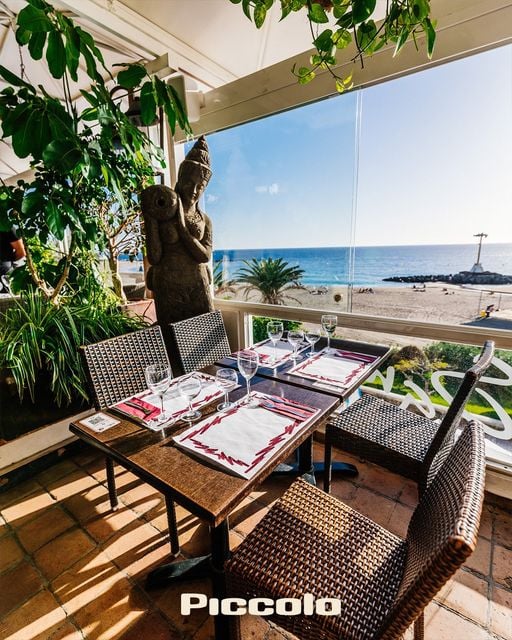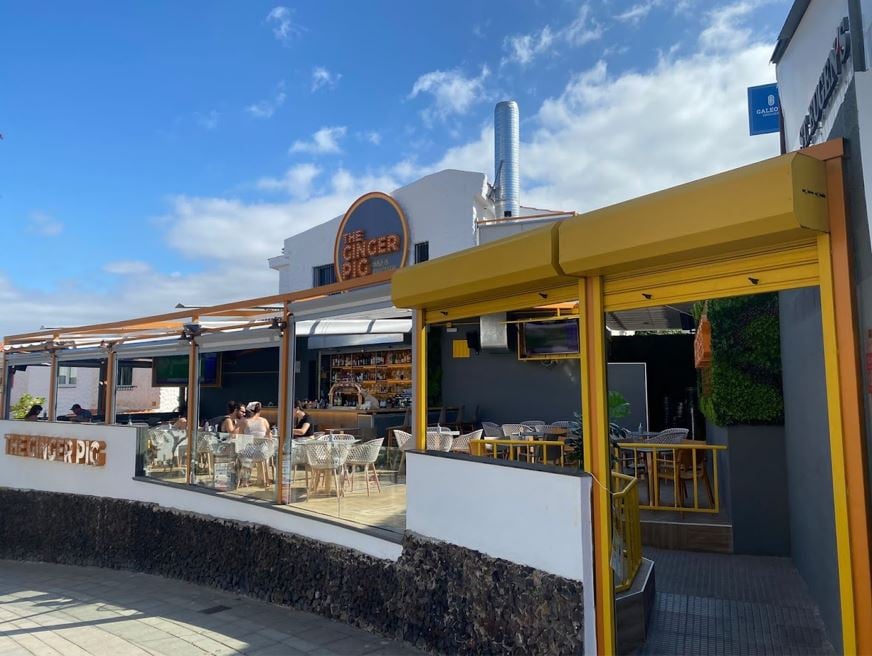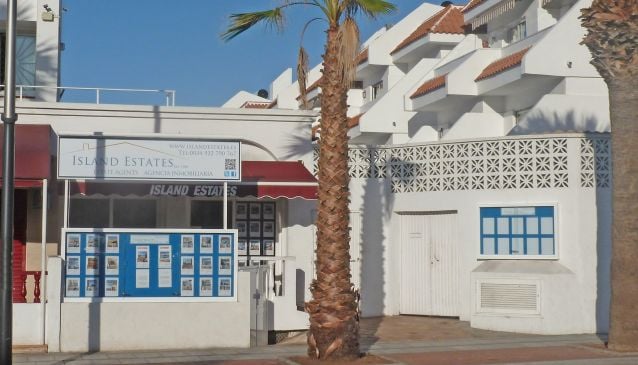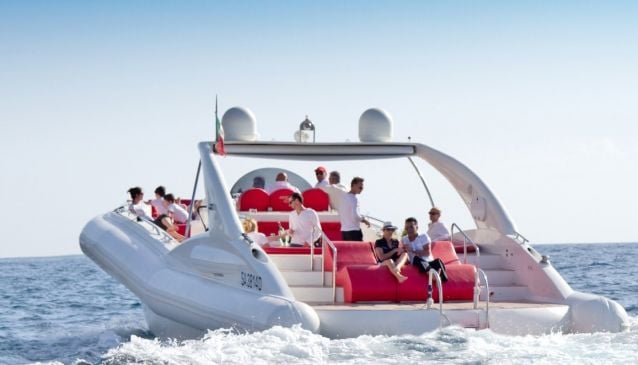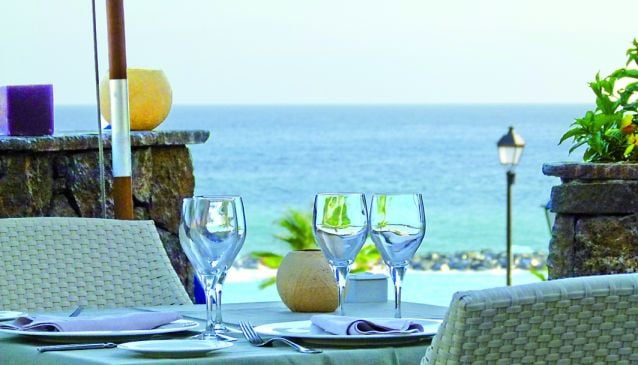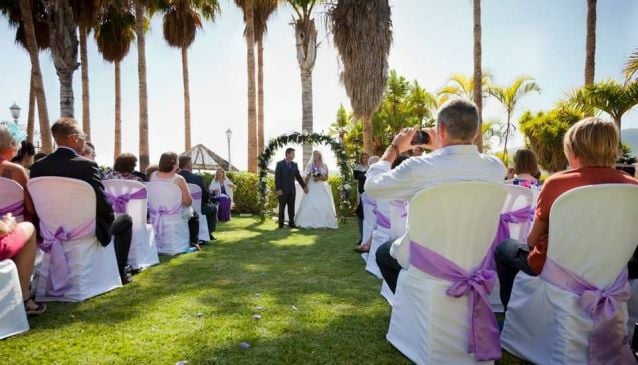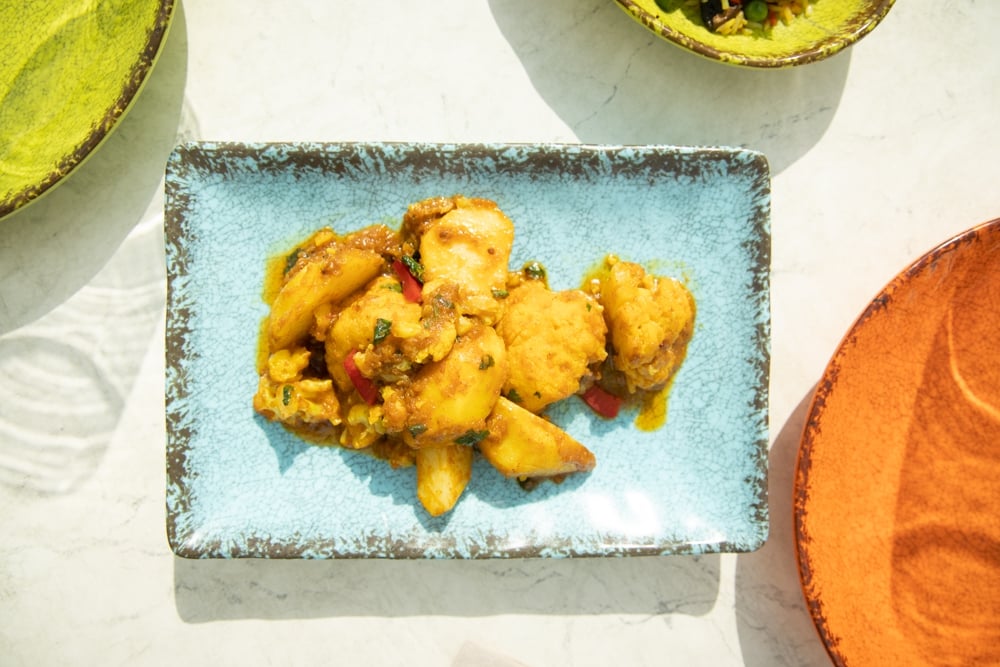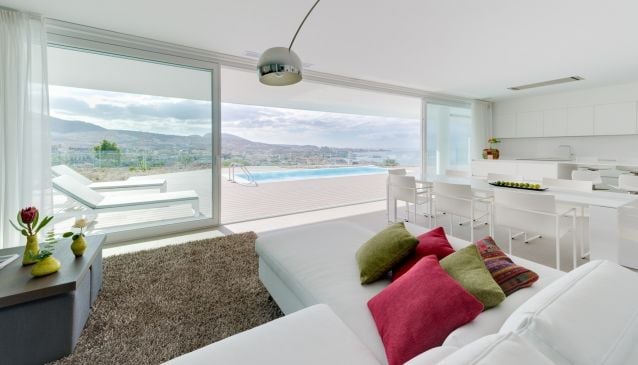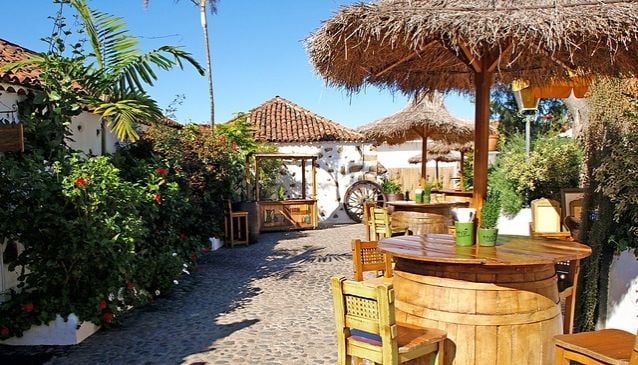Puerto de la Cruz
Forget preconceptions of Tenerife gleaned from Uncovered-type reportage. Puerto de la Cruz is a completely different cage of canaries. There’s more subtlety here, more sophistication, more sensory feasts than are often served on the wide-screen platter by the media beasties who paint the island in simple primary colours. Ever since the arrival of the first fan-fluttering tourists in the 1800’s it’s remained the epitome of graceful tourism - a matrimony of serenity and sun in a home of distinctive character.
Puerto de la Cruz is cooler (both in attitude and temperature), more sophisticated, a city where the face of the true Canaries is not shaded by a souvenir sombrero. Yes, there is a patch where the pint, pie and party crowd reign supreme but grab your bargains and hurry on by – the real Puerto is just around the corner.
It’s a town of two halves, where culture and kitsch combine. At the café bar in the Plaza del Charco, sun-ripened locals make thimblefuls of café cortado last the whole morning as they watch postcard writers from the eastern side of town excitedly swap tales of duty free bargain hunting.
Venture west, beyond the huge Indian laurels and shading palm trees that border this central square, and the raucous shout of commercial tourism quietens to a barely audible whisper along the narrow alleyways of green shutters and flaking walls in the old part of Puerto.
If you seek them out, dining experiences can be more than just a fill-your-belly pastime. There are plenty of restaurants in and around Puerto de la Cruz overflowing with character and charm. Places like El Monasterio, an old Monastery (surprisingly enough), perched high above Puerto de la Cruz in the neighbouring town of Los Realejos where you can order some of the finest Canarian cuisine in the archipelago. However, you may find that you have to share your table with an uninvited guest. Ducks and geese wander freely and are not averse to joining you for dinner, defiantly watching every forkful from plate to mouth until you share the feast.
For unforgettable daytime distractions, the Loro Parque is a must. You can’t fail to notice its presence, posters plastered on all the town’s bins advertise the award winning wildlife attraction, and although unashamedly theme-park-ish, it does warrant a full day of exploration and will score high on the ‘wow’ scale, especially from those of a more childlike disposition. Home to many an ‘arium – dolphin, penguin, aqua etc., it’s described as the ‘jungle of Tenerife’. A free bus service operates from the centre of Puerto de la Cruz every 20 minutes.
For an alternative daytime hangout to the black sandy beaches of Puerto, try the Lago Martiánez complex on the seafront. Here you have a choice of seven salt water swimming pools and a large central lake in which to demonstrate your Johnny Weissmuller prowess with the crocodiles and other hazardous inflatables. In the evening penny punters mingle with the high rollers at the on-site casino. Don’t forget to take your passport if you fancy a flutter, you won’t get in without it.
The Hotel Taoro was once considered the only place to stay by the early gentile tourists of the 19th century. With views over the whole city, the British guests could imperiously survey the riff-raff below safe in the knowledge that Johnny Foreigner was kept at a safe distance beyond the magnolia and palm tree defences of the surrounding Parque Taoro. Now the Hotel is being updated and converted into a top shelf luxury 5-star venue, it’s grand casino relocated to the aforementioned Lago de Martianez, but the Park is still well worthy of a half day exploration.
If Agatha Christie was inspired to write The Amazing Mister Quinn whilst residing in the grounds of the Sitio Litre, then those stuck for postcard sentiments shouldn’t have a problem finding the motivation to wax lyrical about Puerto de la Cruz after a saunter through Tenerife’s oldest and most ornate garden. Not for the hay fever prone though, the garden has the island’s most spectacular collection of orchids and Puerto’s oldest and biggest Dragon Tree from which the blood-like sap is still extracted to treat a whole host of medical unpleasantries.
And at the end of the day you could do a lot worse than lay your head at the Hotel Monopol (Plaza de la Iglesia). Although it has been considerably modernised in the amenities department, some authentic trappings still remain from the days when it belonged to Franciscan monks. Original carved wooden balconies and attention to subtle fineries evoke not only the smell, but also the sense of a tourism era gone by, when more than massage mattresses and mints on the pillow were the incentives with which proprietors enticed you to return.



